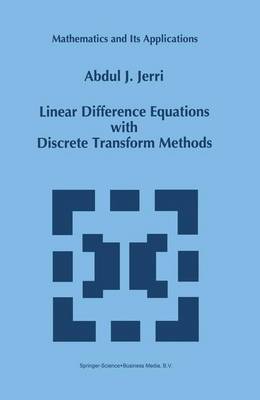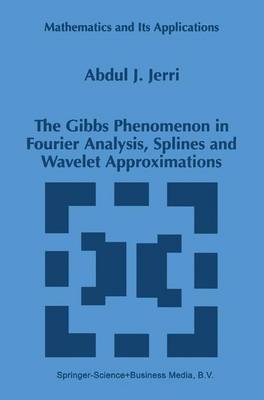Mathematics and Its Applications
2 primary works
Book 363
This book covers the basic elements of difference equations and the tools of difference and sum calculus necessary for studying and solv ing, primarily, ordinary linear difference equations. Examples from various fields are presented clearly in the first chapter, then discussed along with their detailed solutions in Chapters 2-7. The book is in tended mainly as a text for the beginning undergraduate course in difference equations, where the "operational sum calculus" of the di rect use of the discrete Fourier transforms for solving boundary value problems associated with difference equations represents an added new feature compared to other existing books on the subject at this introductory level. This means that in addition to the familiar meth ods of solving difference equations that are covered in Chapter 3, this book emphasizes the use of discrete transforms. It is an attempt to introduce the methods and mechanics of discrete transforms for solv ing ordinary difference equations. The treatment closely parallels what many students have already learned about using the opera tional (integral) calculus of Laplace and Fourier transforms to solve differential equations. As in the continuous case, discrete operational methods may not solve problems that are intractable by other meth ods, but they can facilitate the solution of a large class of discrete initial and boundary value problems. Such operational methods, or what we shall term "operational sum calculus," may be extended eas ily to solve partial difference equations associated with initial and/or boundary value problems.
Book 446
The Gibbs Phenomenon in Fourier Analysis, Splines and Wavelet Approximations
by A J Jerri
Published 31 August 1998
This book represents the first attempt at a unified picture for the pres ence of the Gibbs (or Gibbs-Wilbraham) phenomenon in applications, its analysis and the different methods of filtering it out. The analysis and filtering cover the familiar Gibbs phenomenon in Fourier series and integral representations of functions with jump discontinuities. In ad dition it will include other representations, such as general orthogonal series expansions, general integral transforms, splines approximation, and continuous as well as discrete wavelet approximations. The mate rial in this book is presented in a manner accessible to upperclassmen and graduate students in science and engineering, as well as researchers who may face the Gibbs phenomenon in the varied applications that in volve the Fourier and the other approximations of functions with jump discontinuities. Those with more advanced backgrounds in analysis will find basic material, results, and motivations from which they can begin to develop deeper and more general results. We must emphasize that the aim of this book (the first on the sUbject): to satisfy such a diverse audience, is quite difficult. In particular, our detailed derivations and their illustrations for an introductory book may very well sound repeti tive to the experts in the field who are expecting a research monograph. To answer the concern of the researchers, we can only hope that this book will prove helpful as a basic reference for their research papers.

